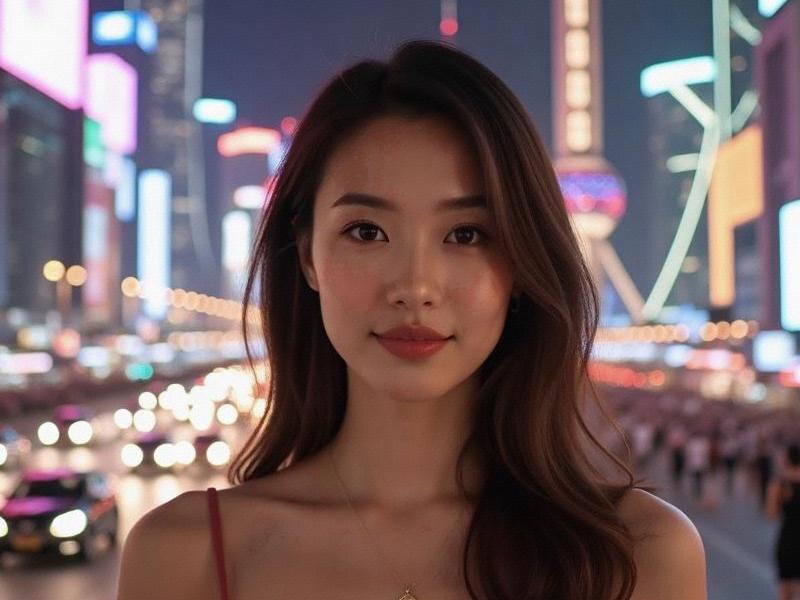This 2,500-word feature examines how Shanghai women have developed a signature aesthetic that blends Chinese heritage with global influences, creating one of Asia's most distinctive and influential beauty paradigms.

The Shanghai Beauty Code: Where East Meets West
Shanghai's streets serve as living runways where history and modernity collide - where qipao-clad grandmothers share sidewalks with Gen-Z influencers sporting augmented reality makeup. This cosmopolitan melting pot has cultivated what fashion historians call "the Shanghai look" - a distinctive blend of Chinese heritage and global sophistication.
Historical Foundations (1920s-Present)
1. The Golden Age (1920s-1940s)
- Treaty port cosmopolitanism creates first hybrid styles
- Calendar girls become China's first beauty icons
- Qipao modernization movement redefines feminine silhouette
2. The Austere Period (1950s-1970s)
- Political suppression of vanity culture
- Underground grooming networks preserve techniques
- "Healthy glow" becomes the mandated standard
3. The Reawakening (1980s-2000s)
- International beauty pageants return to Shanghai
- Japanese/Korean influence waves reshape local aesthetics
上海龙凤阿拉后花园 - Luxury market democratization begins
4. The New Era (2010-Present)
- Chinese beauty brand renaissance
- Tech-driven personalization revolution
- Cultural heritage reclamation movement
The Modern Shanghai Woman's Beauty Philosophy
1. Skincare as Ritual Science
- 12-step routines averaging 65 minutes daily
- Fusion of Traditional Chinese Medicine and biotech
- Bespoke serum formulations from local labs
2. Fashion as Cultural Statement
- East-West hybrid styling dominates
- Emerging local designer support movement
- Investment wardrobe philosophy replaces fast fashion
上海龙凤419贵族
3. Lifestyle as Foundation
- Digital detox practices gain popularity
- Holistic wellness integration
- Work-life-beauty balance prioritized
Economic Impact & Statistics
• Beauty market valuation: ¥182 billion (2025)
• Female-led beauty startups: 263% growth since 2020
• Cosmetic R&D investment: ¥32 billion annually
• Luxury spending by women under 35: 64% of market
Cultural Significance & Distinctive Characteristics
- "Hai Pai" (Shanghai School) aesthetic principles
- Education-meets-instinct approach to beauty
- Multigenerational knowledge transmission
上海龙凤419官网 - Subtle status signaling through details
Contemporary Debates & Challenges
1. Age Anxiety in Youth-Obsessed Culture
2. Cosmetic Procedure Normalization
3. Sustainability vs Luxury Consumption
4. Western Standard Appropriation Concerns
Future Directions & Emerging Trends
- Heritage-tech fashion hybrids gaining traction
- Gender-fluid beauty product lines emerging
- AI complexion diagnostics becoming mainstream
- Slow beauty movements challenging norms
Shanghai women continue to redefine urban femininity through their unique synthesis of tradition and innovation. Their evolving style language - equally commanding in corporate towers and traditional wet markets - represents a new global paradigm for sophisticated metropolitan living that remains distinctly Chinese at its core.